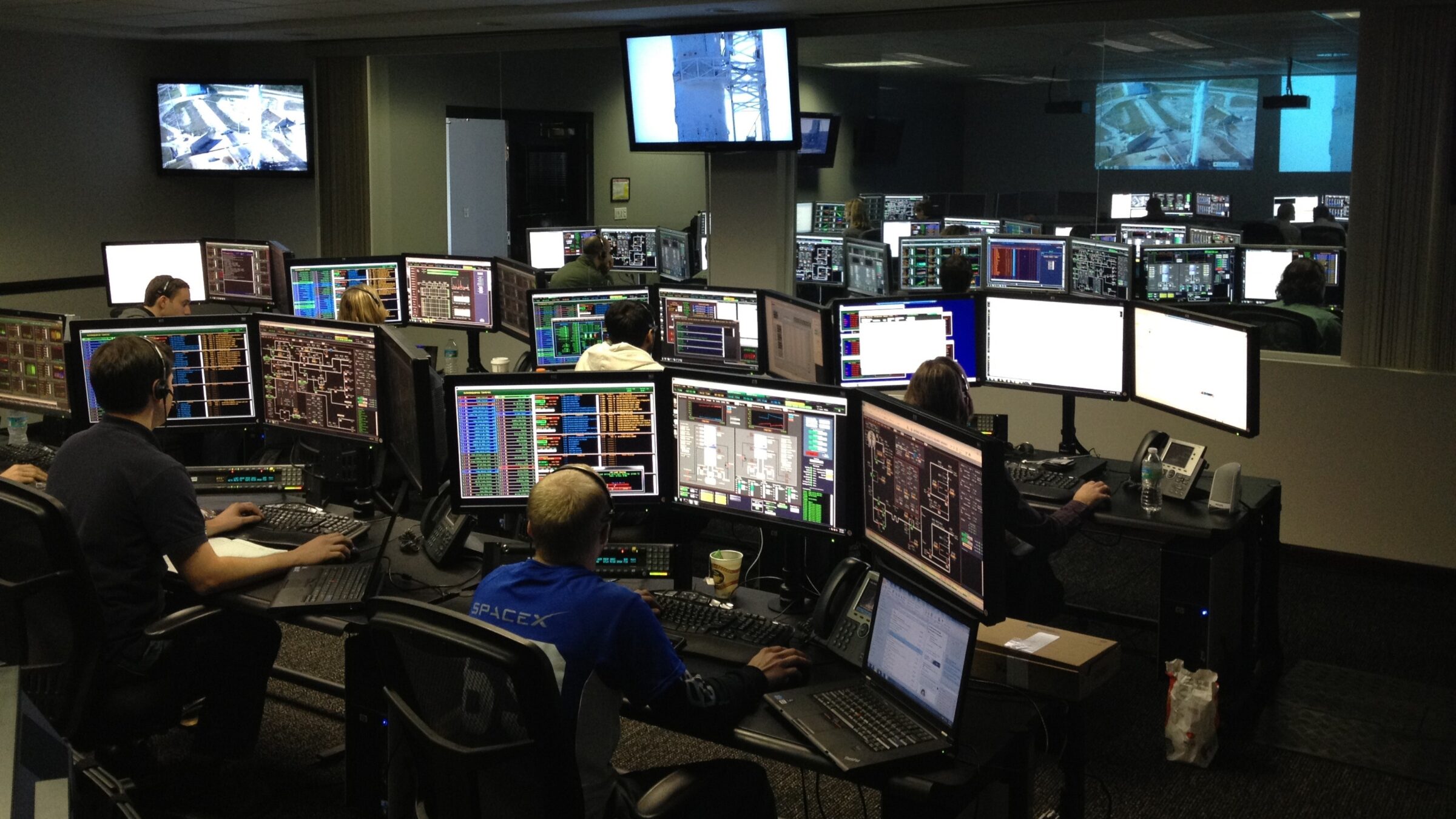In our digital-first landscape, regional broadcast coverage is sometimes overlooked, but there is value in securing TV segments for clients. With a hyperlocal focus and need for engaging content daily, targeting regional broadcast has a few key advantages:
Direct connection to the audience: If, for example, you’re tasked with attracting customers to a client’s popup restaurant in Austin, a segment on the local news reaches your target directly – and makes it easy to insert a call to action.
Opportunities for visual engagement: If something you’re pitching could be described with the phrase “you have to see it to believe it,” then TV is a great avenue to focus outreach efforts. Interesting demonstrations pique producers’ interest more than other topics.
Clients love it: Segments are easy to share and promote on social, and clients and their spokespeople are usually excited to see themselves on TV.
Broadcast pitching, however, requires thinking like the producer will be when they read your note: visually, timely and brief. As you’re crafting a regional broadcast pitch, you should consider:
Timing
Producers often begin their days around 4 AM and finish in the early afternoon – so there is a smaller window to reach them. The most responsive times tend to be around noon mid-week, when the morning shows end and producers are planning for the weeks ahead. Producers also usually work with 3-4 weeks of lead time.
This also means that if you do secure an appearance for your client, it will likely be during early morning hours. Make sure that the timing works with their schedule before pitching producers – there’s nothing worse than securing a segment and then having to take back your offer!
Broadcast pitching requires thinking like the producer will be when they read your note: visually, timely and brief.Click To TweetReading up on the local news
In especially small markets, check the local news to make sure there’s nothing major that conflicts with your pitch or, better yet, an opportunity to peg your client to local happenings.
Creating a visual for the producer
It’s key for producers to be able to visualize what a segment will look like, so they can ensure it will be appealing for audiences. Focus your pitch around the action of the segment and avoid words like “discuss” or “show” in your pitch – they come across as boring to producers – and if your spokesperson is “great on TV,” include links to any past TV appearances.
Details, details, details
Great! You made it on the air – now you’ll have to prep to make sure your segment is impressive. Distill key messages down to a few talking points for your spokesperson and make sure you connect with the producer on visual expectations. Think through every possible item needed to execute a demo and run it by the producer to ensure nothing’s left off.
When you have events, spokespeople and happenings in local markets, consider targeting regional broadcast. Segments are a fun and visual way to tell your story that often yields success for clients and their initiatives.
For more insights on communication and brand strategy, industry trends and more, subscribe today to the Weekly Buzz here.
